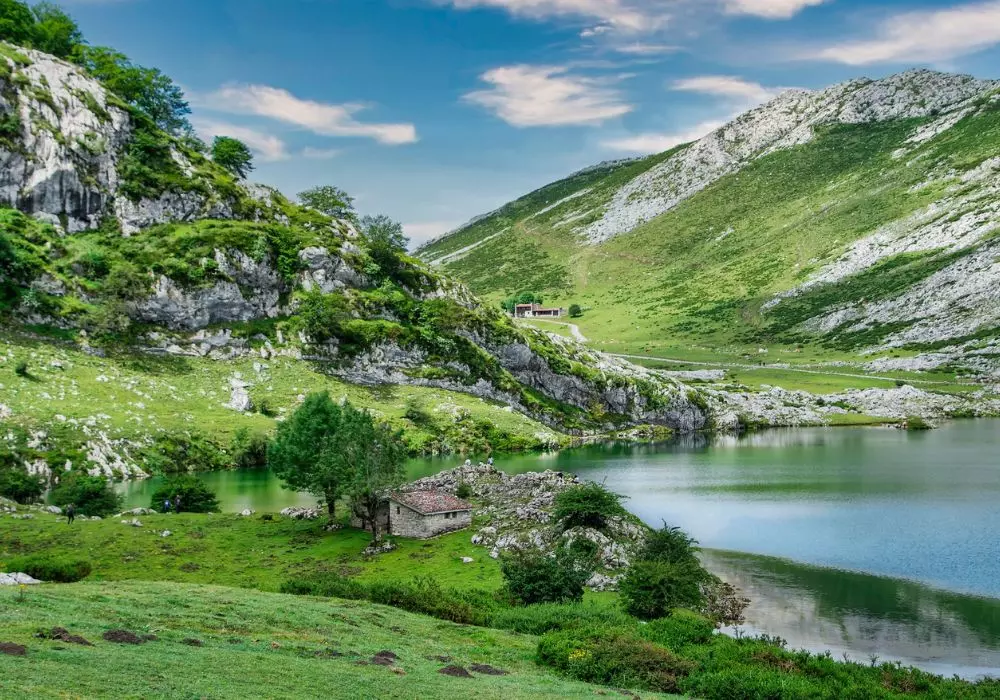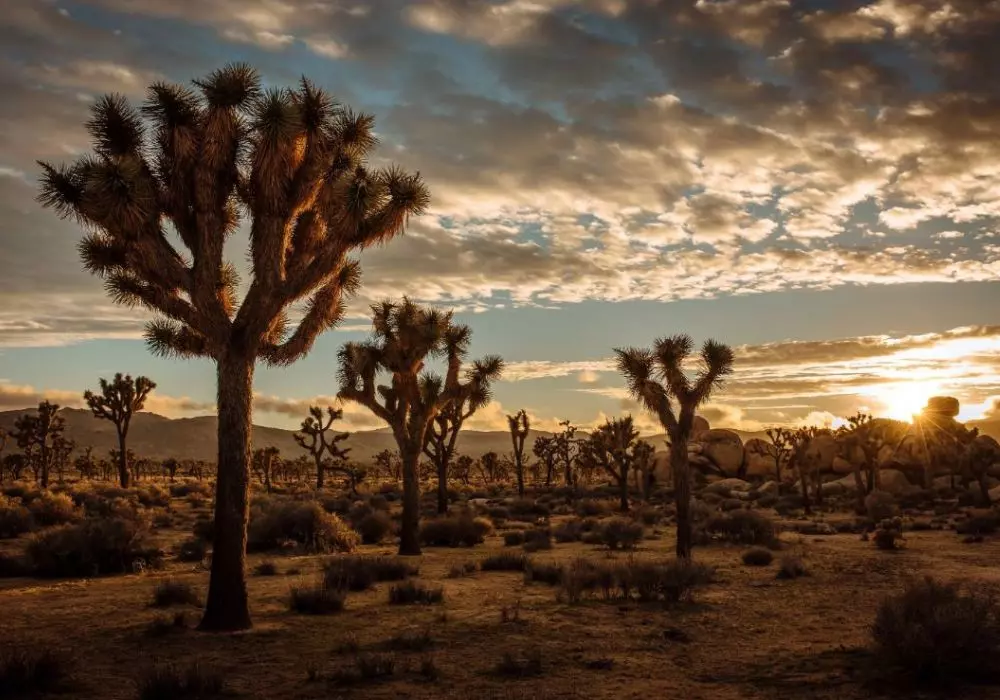Slide Mountain, the highest peak in New York’s Catskill Mountains, stands as a testament to the natural beauty and rugged terrain of the region.
At 4,180 feet, it offers breathtaking vistas, diverse wildlife, and a plethora of outdoor activities that attract hikers, nature lovers, and adventure seekers.
This comprehensive guide delves into the geography, history, recreational opportunities, and environmental significance of Slide Mountain, providing insights into what makes it a must-visit destination for both locals and tourists alike.
Getting to Slide Mountain
Location and Accessibility
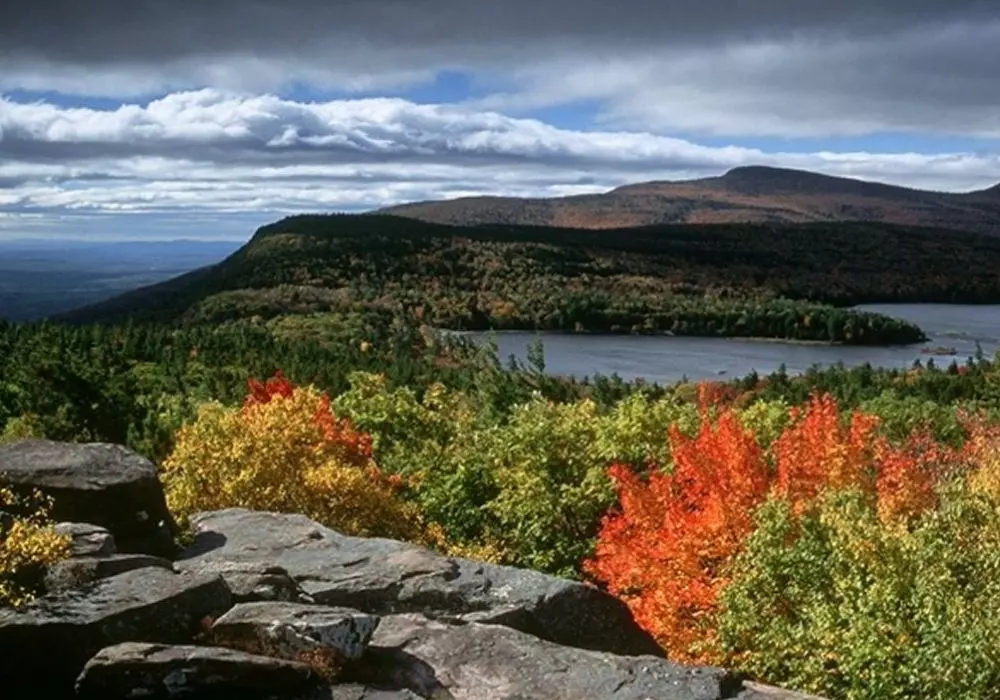

Slide Mountain is located within the 6, in Ulster County, New York.
The mountain is part of the Slide Mountain Wilderness Area and is easily accessible from several nearby towns, including Ashokan and Phoenicia.
The most common route to the summit begins at the Slide Mountain Trailhead, located on County Route 47.
Visitors can reach the trailhead by car, with ample parking available.
For those using public transportation, local bus services provide connections to nearby towns, though a car may be more convenient for accessing the trailheads.
Best Time to Visit
The best time to visit Slide Mountain is during the spring and fall months.
Spring offers a vibrant display of wildflowers and lush greenery, while fall showcases stunning foliage as the leaves change color.
The summer months provide warm temperatures and longer days, perfect for hiking, though they can also bring crowds.
Winter transforms the mountain into a wonderland for snowshoeing and cross-country skiing, attracting winter sports enthusiasts.
The Natural Beauty of Slide Mountain
Geographical Features
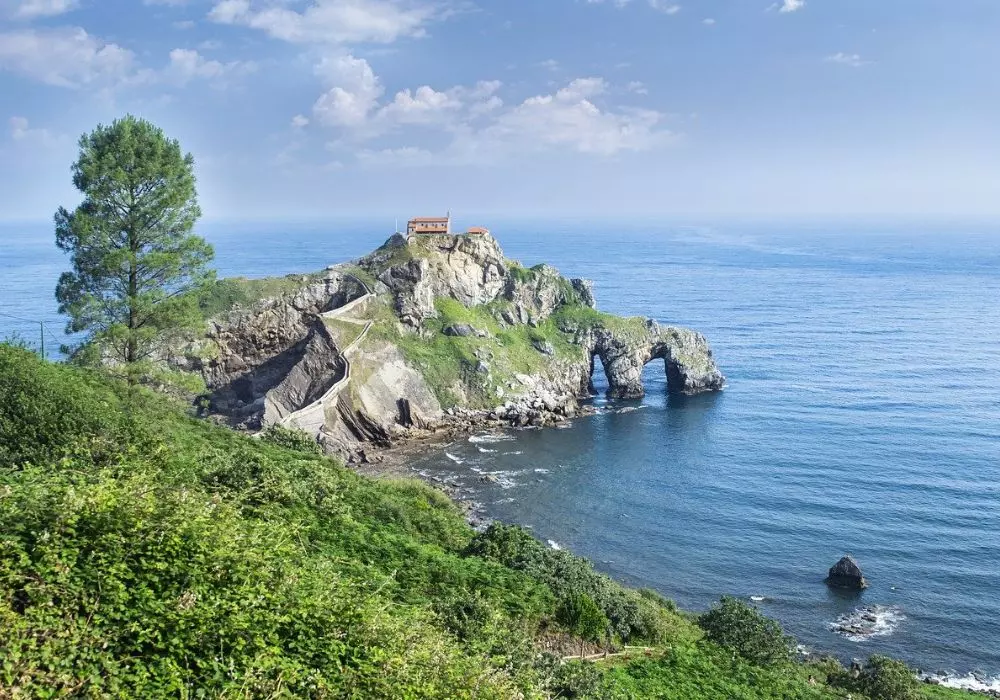

Slide Mountain is characterized by its rugged terrain, steep slopes, and dramatic cliffs.
The mountain is primarily composed of sandstone and shale, with a few unique geological formations.
Its summit offers expansive views of the surrounding Catskills, including neighboring peaks like Blackhead and Hunter Mountain.
The landscape is dotted with glacial features, such as boulders and depressions left behind by retreating glaciers.
Slide Mountain is also part of the larger Catskill Mountain Range, which is known for its diverse ecosystems and varied topography.
Flora and Fauna
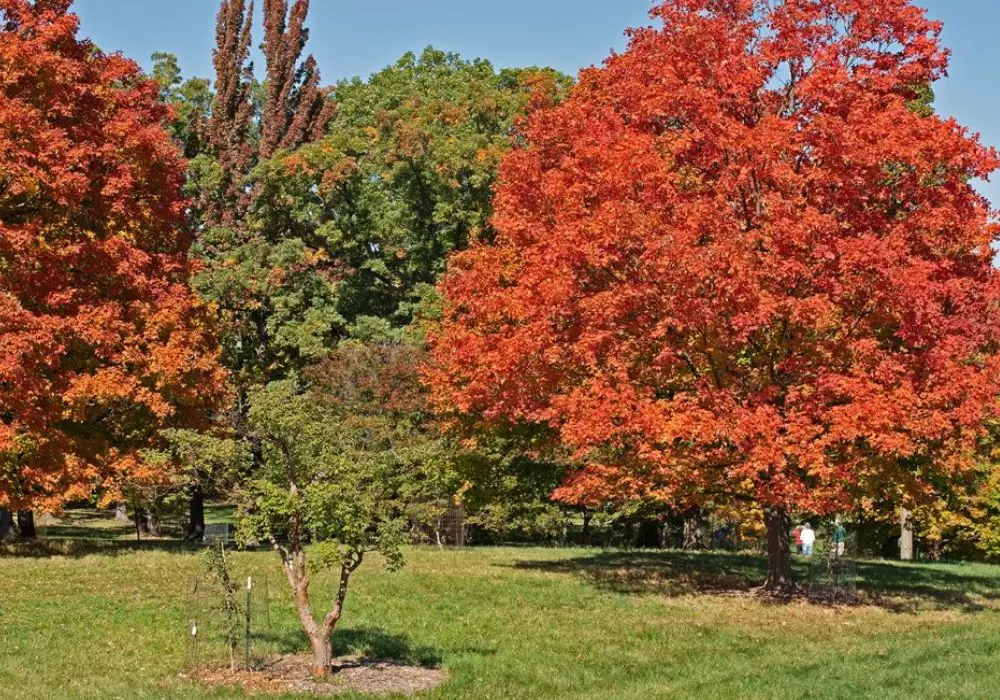

The region surrounding Slide Mountain is rich in biodiversity.
The lower elevations are covered in mixed deciduous forests, which transition to coniferous forests at higher altitudes.
Common tree species include maple, oak, birch, and spruce, creating a vibrant tapestry of color throughout the seasons.
Wildlife abounds in this area, making it a haven for nature enthusiasts. Hikers may encounter deer, black bears, bobcats, and various small mammals.
Birdwatchers will be delighted by the variety of avian species, including hawks, woodpeckers, and songbirds that inhabit the forests.
Scenic Views
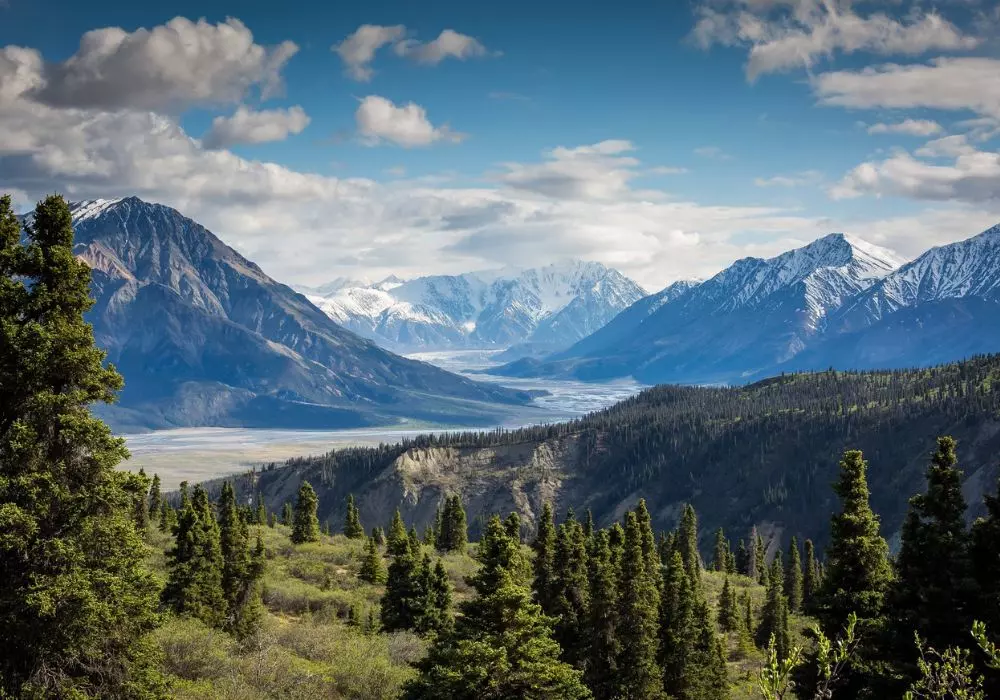

The summit of Slide Mountain offers some of the most breathtaking views in the Catskills.
On a clear day, hikers can see for miles, with panoramic vistas of the surrounding peaks, valleys, and the Ashokan Reservoir.
The experience of standing atop New York’s highest peak is truly unforgettable, providing a perfect backdrop for photography and reflection.
Sunrise and sunset are particularly magical times to be on the mountain, as the changing light casts a golden glow over the landscape.
Many hikers plan their trips to coincide with these moments, capturing the beauty of the Catskills in its most enchanting form.
Hiking Slide Mountain
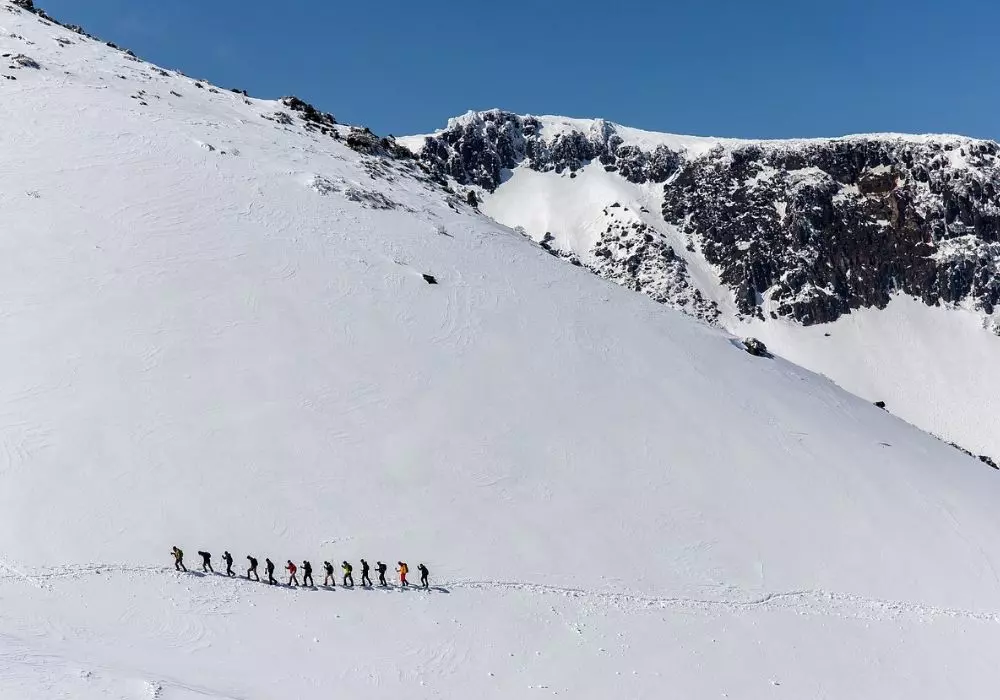

Popular Trails: The most popular route to the summit of Slide Mountain is the Slide Mountain Trail.
This well-marked trail is approximately 2.5 miles long and features a moderate to steep incline.
The journey to the summit typically takes about 2 to 3 hours, depending on individual fitness levels and pace.
Another option is the Curtis-Ormsbee Trail, which offers a slightly longer but less steep ascent.
This trail provides hikers with a different perspective of the mountain and the surrounding landscape, making it an excellent choice for those looking to explore more of the area.
Trail Conditions: Hikers should be prepared for varying trail conditions. During the spring, trails may be muddy due to melting snow, while summer can bring overgrown vegetation and occasional insects.
Fall offers cooler temperatures and stunning foliage, though hikers should be cautious of slippery leaves.
Winter conditions can be harsh, with snow and ice covering the trails, so proper gear, including snowshoes or crampons, is essential for safety.
Safety Considerations: Safety is paramount when hiking Slide Mountain. Hikers should wear sturdy footwear, dress in layers, and carry enough water and snacks for the journey.
It’s important to stay on marked trails to protect the fragile ecosystem and avoid getting lost.
Familiarizing oneself with the weather forecast before heading out is crucial, as conditions can change rapidly in the mountains.
Hikers should also be aware of wildlife encounters and practice proper bear safety techniques.
Activities Beyond Hiking


Camping: For those looking to extend their adventure, camping is a popular option near Slide Mountain.
The nearby Woodland Valley Campground provides a scenic setting for campers, offering both tent and RV sites.
Spending a night under the stars allows visitors to fully immerse themselves in the beauty of the Catskills.
Backcountry camping is also permitted in designated areas, providing a more secluded experience for those seeking solitude.
Campers should be familiar with Leave No Trace principles to minimize their impact on the environment.
Fishing: The streams and rivers surrounding Slide Mountain offer excellent fishing opportunities.
The Esopus Creek, located nearby, is well-known for its trout fishing. Anglers can enjoy the serenity of the water while casting for brook, brown, and rainbow trout.
Fishing licenses are required, and visitors should check local regulations before heading out.
The peaceful environment and stunning scenery make fishing an enjoyable complement to any visit to Slide Mountain.
Birdwatching: With its diverse habitats, Slide Mountain is a fantastic location for birdwatching.
Enthusiasts can spot a variety of species throughout the year, including migratory birds in spring and fall.
Equipped with binoculars and a field guide, birdwatchers can explore the forested areas and open spaces around the mountain, looking for woodpeckers, warblers, and raptors.
The changing seasons bring different bird species, making each visit unique.
Snow Sports: During the winter months, Slide Mountain transforms into a winter sports destination.
Snowshoeing and cross-country skiing are popular activities, with trails available for both beginners and experienced enthusiasts.
The snowy landscape provides a peaceful atmosphere, perfect for exploring the mountain’s beauty in a different light.
Visitors should ensure they have the proper gear and clothing to stay warm and safe in winter conditions.
The Historical Significance of Slide Mountain
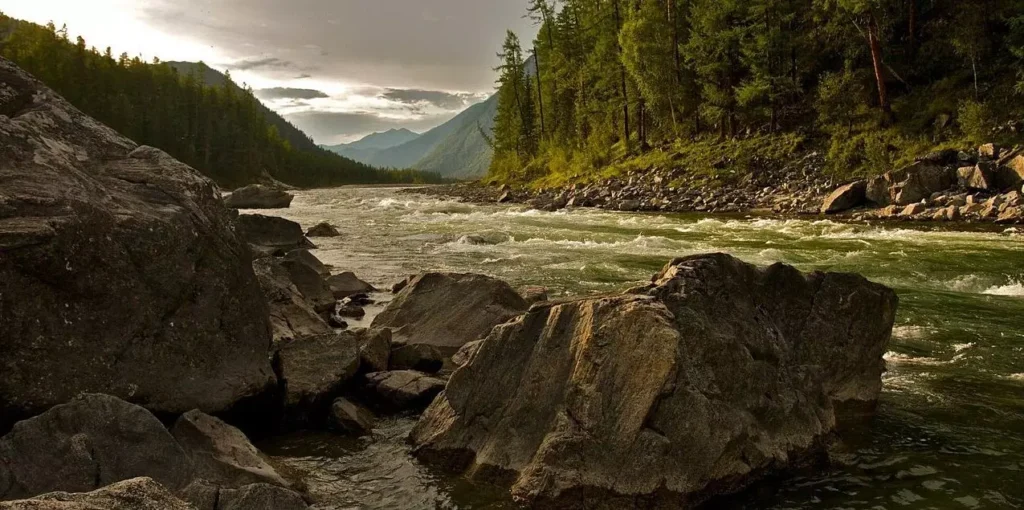

Native American Heritage: Long before European settlers arrived, the Catskills were inhabited by Native American tribes, including the Mohicans and the Delaware.
These tribes revered the mountains, considering them sacred places filled with spiritual significance.
They relied on the natural resources of the land for their livelihoods, hunting, fishing, and gathering.
The cultural history of these tribes adds a layer of depth to the experience of visiting Slide Mountain, as modern visitors can reflect on the connection between the land and its original inhabitants.
Early European Settlements: With the arrival of European settlers in the 18th century, the landscape of the Catskills began to change.
The rich resources of the region, including timber and fertile land, attracted settlers, leading to the establishment of small communities.
Slide Mountain became a landmark for these early settlers, serving as a point of reference for navigation and exploration.
The mountain’s rugged beauty and the surrounding wilderness captured the imagination of many, setting the stage for the outdoor recreational culture that would flourish in the region.
The Rise of Tourism: By the late 19th century, the Catskills gained popularity as a tourist destination, particularly for those seeking relief from the heat of urban environments.
Resorts and lodges began to spring up, catering to visitors eager to explore the natural beauty of the region.
Slide Mountain, as the highest peak in the Catskills, became a focal point for hikers and outdoor enthusiasts.
The growth of tourism contributed to the conservation efforts that followed, as people recognized the need to protect the natural landscapes they cherished.
The establishment of Catskill Park in 1885 marked a significant step in preserving the area’s wilderness for future generations.
Environmental Significance
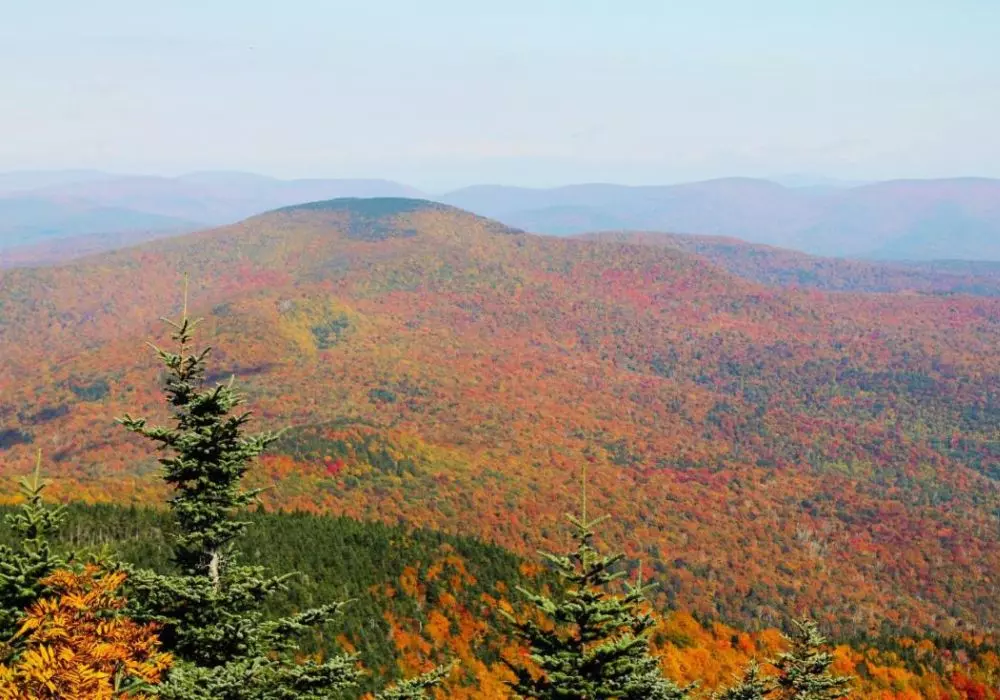

Conservation Efforts: Slide Mountain and the surrounding area are part of the Catskill Park, which encompasses over 700,000 acres of protected land.
Conservation efforts have played a crucial role in maintaining the ecological integrity of the region.
Organizations such as the Catskill Center for Conservation and Development work tirelessly to promote environmental stewardship, education, and conservation initiatives.
Their efforts help ensure that the natural beauty and biodiversity of Slide Mountain are preserved for future generations to enjoy.
Ecological Importance: The diverse ecosystems found in and around Slide Mountain are vital for maintaining the health of the region’s environment.
The mix of forests, wetlands, and streams supports a wide variety of plant and animal species, contributing to the overall biodiversity of the Catskills.
The mountain also plays a critical role in watershed management, with its streams feeding into larger water systems that support communities and wildlife.
Protecting Slide Mountain helps safeguard these essential resources, making it a key area for environmental conservation.
Practical Information for Visitors
Facilities and Amenities
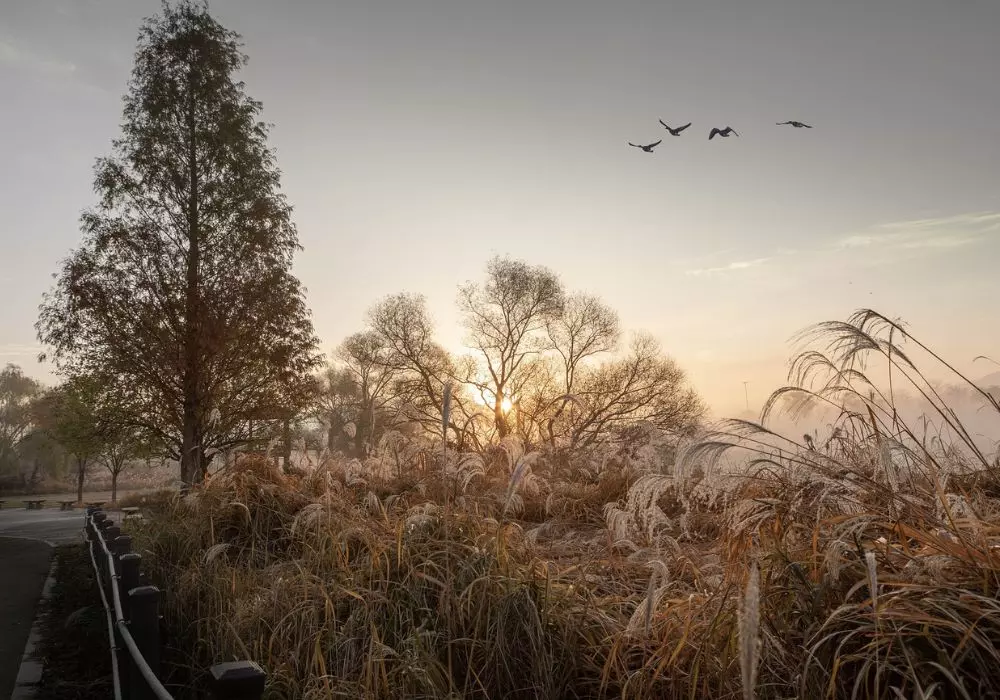

Slide Mountain is accessible to visitors year-round, though facilities are limited in the wilderness area.
The Slide Mountain Trailhead has a parking area and informational signs, but visitors should plan accordingly for their needs.
Nearby towns, such as Phoenicia and Ashokan, offer various amenities, including restaurants, shops, and lodging options.
Visitors are encouraged to explore these communities to enhance their overall experience.
Nearby Attractions
While Slide Mountain is a highlight, there are several nearby attractions worth exploring during your visit.
Ashokan Reservoir: The Ashokan Reservoir, located just a short drive from Slide Mountain, is a stunning destination for hiking, fishing, and birdwatching.
The reservoir offers scenic views and several trails that provide access to the water’s edge.
Visitors can enjoy walking or biking along the reservoir’s access road, which features panoramic views of the Catskills and the surrounding landscape.
Kaaterskill Falls: Kaaterskill Falls, one of New York’s most famous waterfalls, is a short drive from Slide Mountain.
The falls cascade 260 feet in two stages, creating a picturesque scene that has inspired artists and photographers for generations.
Visitors can hike to viewing platforms for spectacular views of the falls. The surrounding area offers additional trails, allowing for further exploration of the stunning landscape.
The Catskill Interpretive Center: Located in Mount Tremper, the Catskill Interpretive Center serves as a hub for information about the Catskill region.
The center features exhibits on local history, ecology, and recreational opportunities, providing visitors with valuable insights before they head out to explore the area.
The center also offers guided programs, workshops, and events that deepen visitors’ understanding of the natural and cultural heritage of the Catskills.ellent destination for families and history enthusiasts.
Hunter Mountain
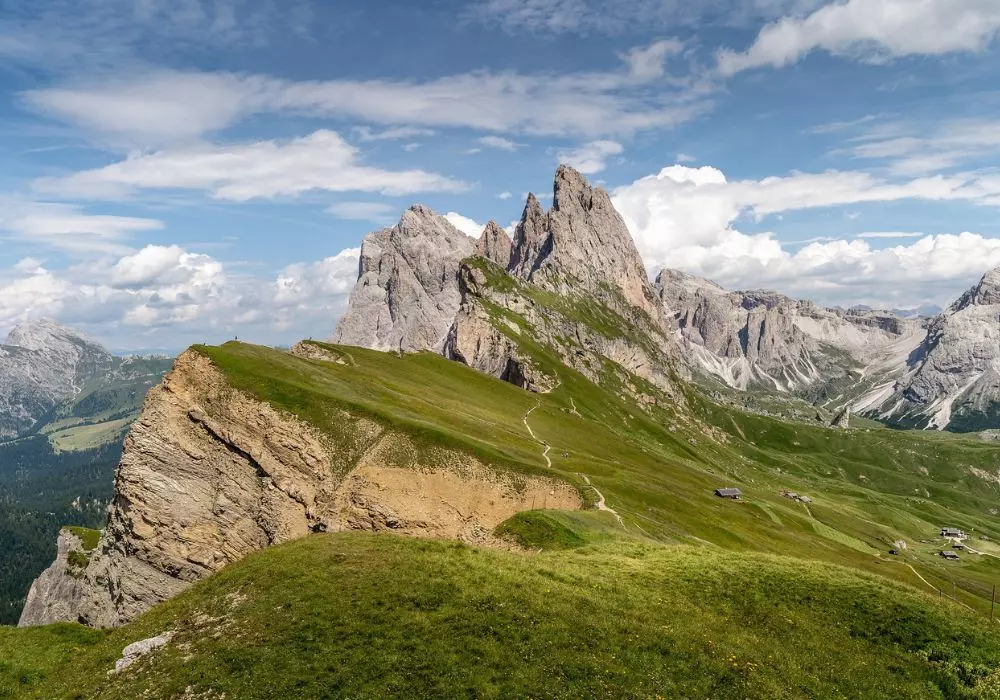

For those seeking more adventure, Hunter Mountain is a popular destination for skiing and snowboarding during the winter months.
The mountain features a range of trails for all skill levels, along with scenic views from the summit.
In the summer, Hunter Mountain transforms into a hiking and zip-lining destination, attracting visitors looking for thrilling outdoor experiences.
The Hunter Mountain Sky Ride offers breathtaking views of the surrounding landscape, making it a must-do activity.
Conclusion
Slide Mountain is not only the highest peak in the Catskills; it is a natural wonder that embodies the beauty and ruggedness of the region.
With its stunning vistas, diverse ecosystems, and rich history, Slide Mountain attracts outdoor enthusiasts, nature lovers, and those seeking adventure.
From hiking to fishing, camping to birdwatching, there are endless opportunities to explore and appreciate this remarkable mountain.
As visitors immerse themselves in the beauty of Slide Mountain, they also participate in the ongoing efforts to preserve the environment and honor the cultural heritage of the Catskills.
Whether you’re standing atop the summit, taking in the breathtaking views, or exploring the surrounding trails, a visit to Slide Mountain promises an unforgettable experience that will leave a lasting impression.
Embrace the beauty of nature, connect with the wilderness, and discover the allure of Slide Mountain—a true treasure in New York’s Catskill Mountains.
